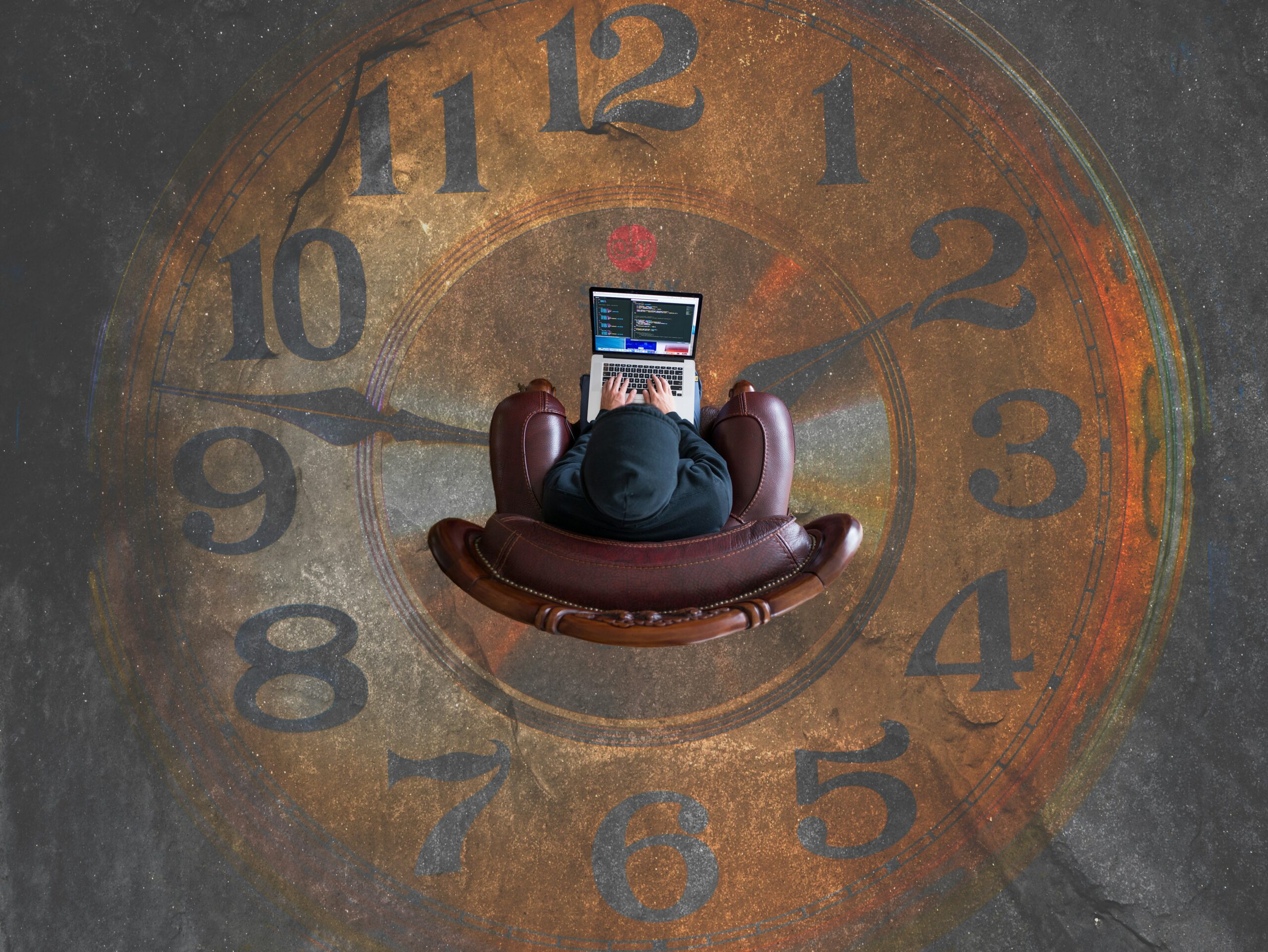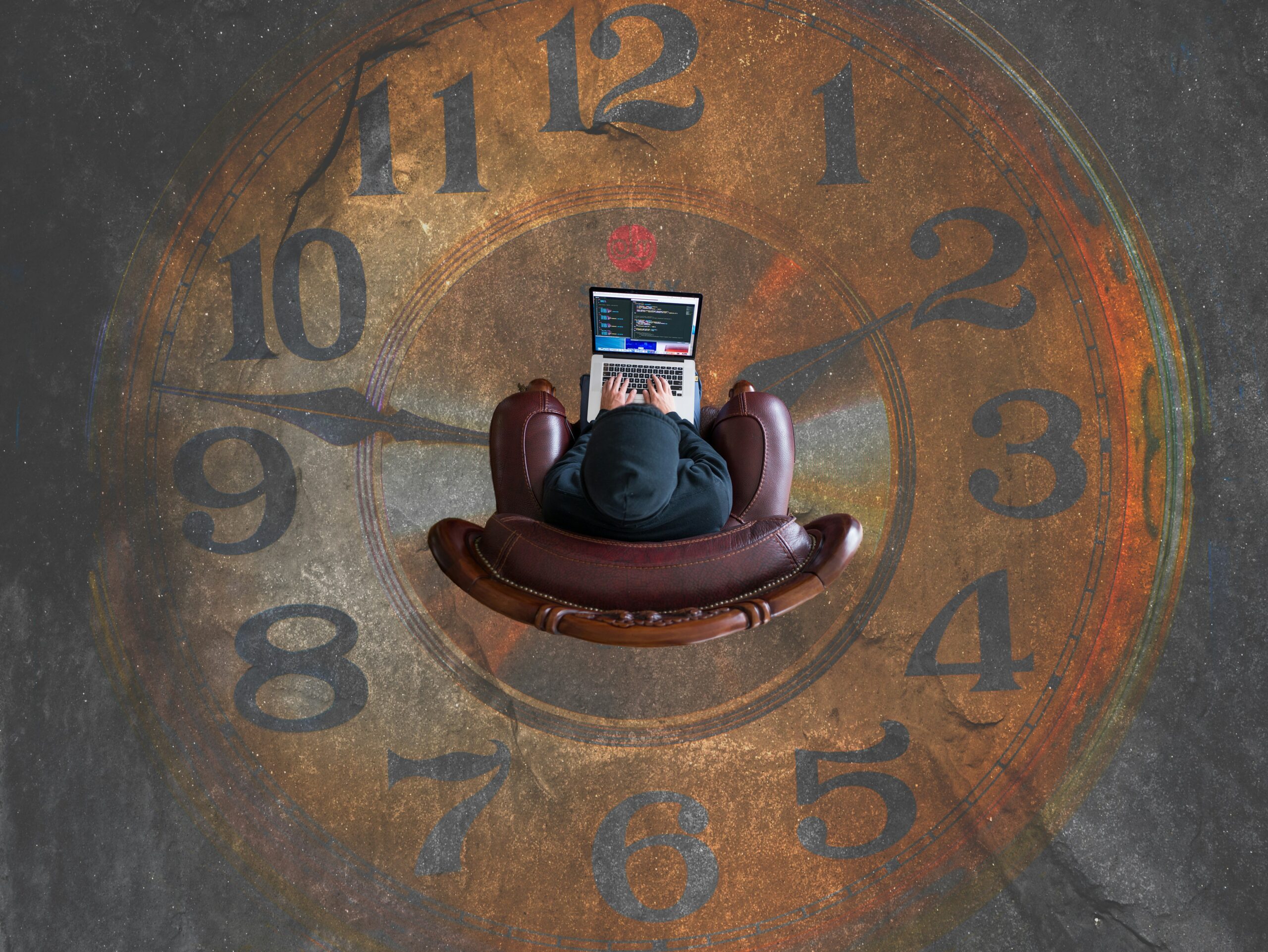In today’s fast-paced world, effective time management is crucial for personal and professional success. With numerous tasks and responsibilities to juggle, it’s easy to feel overwhelmed and struggle with prioritization. Thankfully, advancements in user interface (UI) and user experience (UX) design have provided innovative solutions for productive scheduling. In this article, we will explore some of these UI/UX solutions that can help transform your time management skills.
1. Intuitive Calendar Interfaces
One of the key elements of effective time management is having a clear overview of your schedule. UI/UX designers have revolutionized calendar interfaces, making them more intuitive and user-friendly. Modern calendar apps now offer features such as color-coding, drag-and-drop functionality, and the ability to sync with other devices or platforms.
These intuitive interfaces allow users to quickly view their appointments, events, and deadlines at a glance. By color-coding different types of activities or projects, users can easily identify and prioritize their tasks. Drag-and-drop functionality makes it effortless to reschedule or rearrange events, ensuring that your calendar stays up-to-date and flexible.
2. Smart Reminders and Notifications
Another UI/UX solution that enhances time management is the implementation of smart reminders and notifications. Traditional reminders can easily be overlooked or ignored, leading to missed deadlines or appointments. With smart reminders, users can receive notifications based on their location, activity, or even their behavior patterns.
For example, a smart reminder can be set to notify you when you leave a certain location, ensuring that you don’t forget to complete a task or attend a meeting. By leveraging AI and machine learning, these reminders can adapt to your preferences and provide personalized suggestions for optimizing your schedule.
3. Task Management and Collaboration Tools
Efficient task management is an essential component of effective time management. UI/UX designers have developed task management and collaboration tools that streamline the process of creating, assigning, and tracking tasks. These tools often feature intuitive interfaces, allowing users to easily categorize tasks, set deadlines, and assign priorities.
Collaboration features within these tools enable team members to work together seamlessly, regardless of their physical location. Real-time updates and notifications ensure that everyone stays on the same page and tasks are completed within the designated timeframes. This not only improves individual time management but also enhances team productivity.
4. Time Tracking and Analytics
UI/UX solutions for time management also include time tracking and analytics features. These tools allow users to monitor their time spent on different tasks or projects, providing valuable insights into productivity patterns and areas for improvement. By analyzing this data, individuals can identify time-wasting activities and make informed decisions to optimize their schedules.
Time tracking and analytics also help users set realistic goals and allocate time effectively. By understanding how long specific tasks take, individuals can allocate the appropriate amount of time in their schedules, preventing overcommitment or underestimation. This data-driven approach to time management ensures that individuals make the most of their available time.
5. Gamification and Motivation
UI/UX designers have also incorporated gamification elements into time management solutions to enhance motivation and engagement. By turning time management into a game-like experience, individuals are more likely to stay focused and committed to their schedules.
These gamified interfaces often include features such as progress bars, achievements, and rewards. By setting goals and tracking progress visually, individuals can experience a sense of accomplishment as they complete tasks and meet deadlines. This positive reinforcement encourages continued productivity and helps individuals stay motivated in their time management efforts.
In conclusion, UI/UX solutions have transformed time management by providing innovative tools and interfaces that enhance productivity and efficiency. Intuitive calendar interfaces, smart reminders, task management and collaboration tools, time tracking and analytics, as well as gamification elements, all contribute to a more effective and enjoyable scheduling experience. By leveraging these UI/UX solutions, individuals can take control of their time and achieve their goals with greater ease.




Leave a Reply